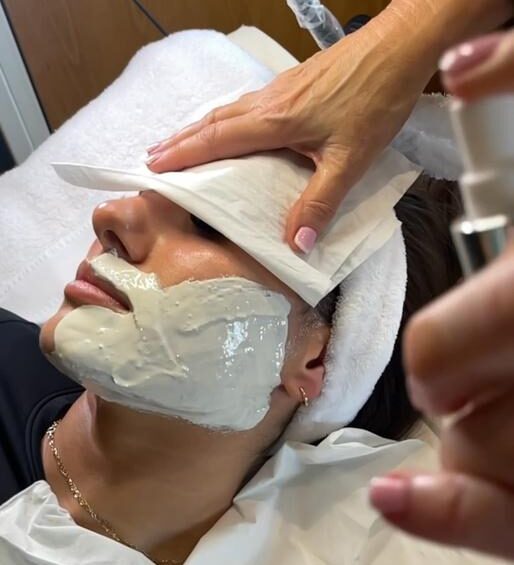
Introduction to Hair Bare
When considering hair removal, you may weigh traditional waxing, shaving, or more advanced techniques. The Hair Bare Alkaline Wash Hair Removal System offers a modern alternative designed for effective, long-lasting results. To make an informed decision, it helps to understand the type of hair you’re targeting. Let’s explore the different kinds of hair on the body and how best to manage them for smooth, radiant skin.
Why Do We Even Have Hair?
Hair once played a crucial role in regulating body temperature and enhancing sensitivity to touch. In the past, this was essential for survival, but today, with clothing and central heating, its importance has diminished. Some research suggests that body hair helped detect insects and parasites—perhaps more useful in ancient times than in today’s world.
The Lifecycle of Your Hair
The human body has approximately five million hair follicles, with only around 100,000 located on the scalp. Each hair goes through a natural cycle of growth and renewal, consisting of four key stages:
- Anagen – The active growing phase
- Catagen – The transition period when growth slows
- Telogen – The resting stage before shedding
- Exogen – The phase where old hair falls out, making way for new growth
At any given time, hairs across the body will be in different stages of this cycle, which is why hair sheds and regrows at different rates depending on its location.
Different Types of Hair
Not all hair is the same. The length and thickness of hair depend on its type and its growth phase. The hair on arms, legs, eyelashes, and eyebrows grows for only 30-45 days, whereas scalp hair can remain in the growing phase for 3-5 years. This is why some hair stays short while other hair grows long.
Terminal Hair
Terminal hair is thick, pigmented, and grows on areas such as the scalp, legs, and underarms. Men typically have more terminal hair than women due to higher androgen (male hormone) levels, which stimulate hair growth on the face, chest, back, and limbs. Genetics also play a role in determining the thickness and distribution of terminal hair.
Vellus Hair (Peach Fuzz)
Vellus hair is the fine, soft hair that covers most of the body, except for the palms, soles, and lips. It is usually light in color and barely noticeable unless viewed under bright light. Some people naturally have thicker or more visible vellus hair due to genetics. Although it serves a minor function in protecting the skin and regulating temperature, it has little impact on overall appearance.
Can Vellus Hair Turn into Terminal Hair?
Yes, this transformation happens naturally during puberty when hormonal changes stimulate certain vellus hairs to develop into thicker, darker terminal hairs. This is most common in men, who experience increased hair growth on the face, chest, and other areas.
Some people worry that hair removal treatments like dermaplaning or Hair Bare will cause vellus hair to become terminal. However, this is a myth. Hair type is determined by hormones, not by hair removal methods. Because terminal hair grows from deeper follicles than vellus hair, removing peach fuzz does not trigger thicker regrowth.
FAQ
Will Hair Bare Pro treatment change my hair type?
No, Hair Bare effectively removes hair without altering its natural texture or growth pattern.
Will removing hair make it grow back thicker?
No, this is a common misconception. Hair thickness and density are determined by genetics and hormones, not by hair removal methods.
Hair growth and removal are complex topics, but with the right knowledge, you can choose a method that works best for your needs. Whether you’re looking to remove peach fuzz or manage thicker terminal hair, Hair Bare offers a professional and effective solution for smoother, radiant skin.
